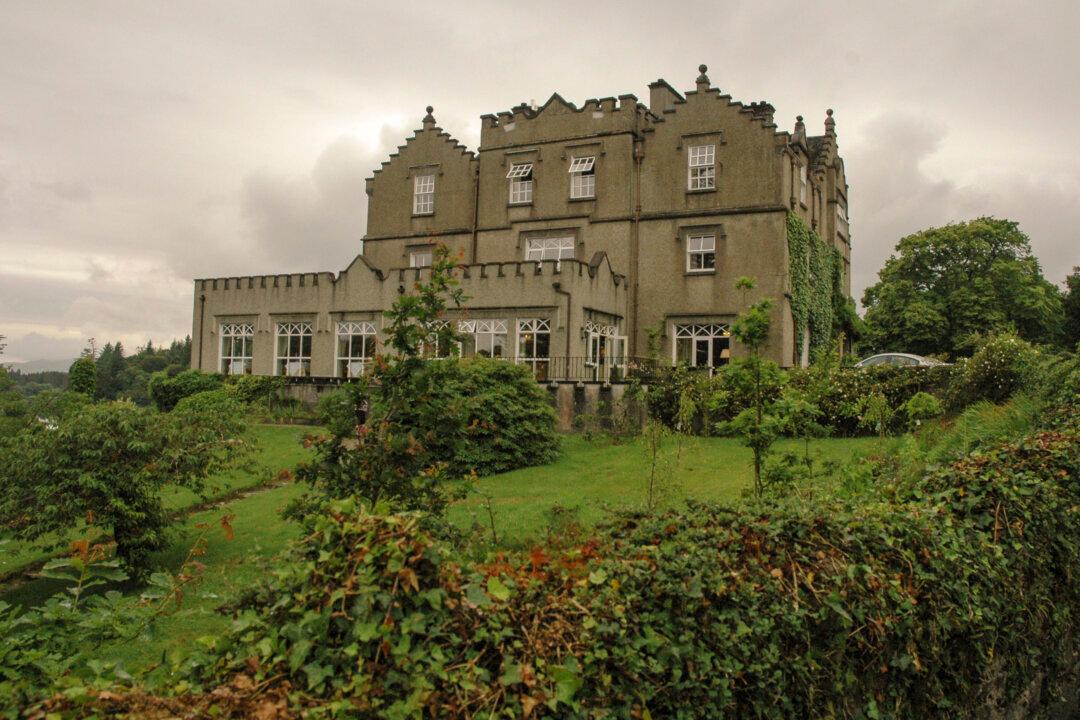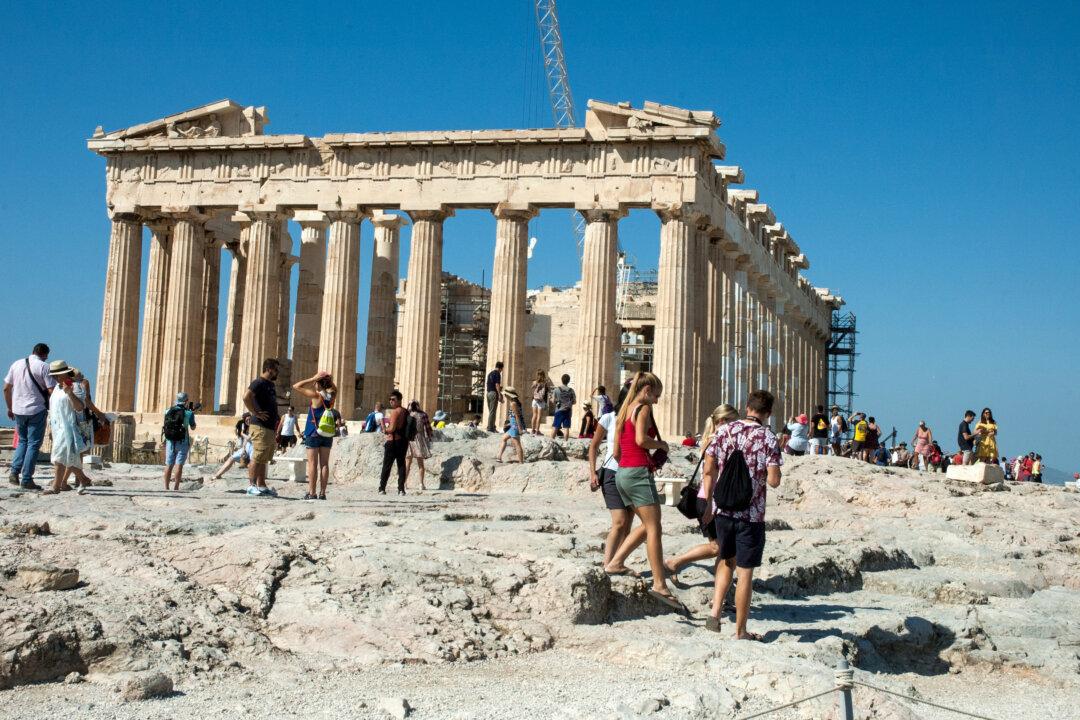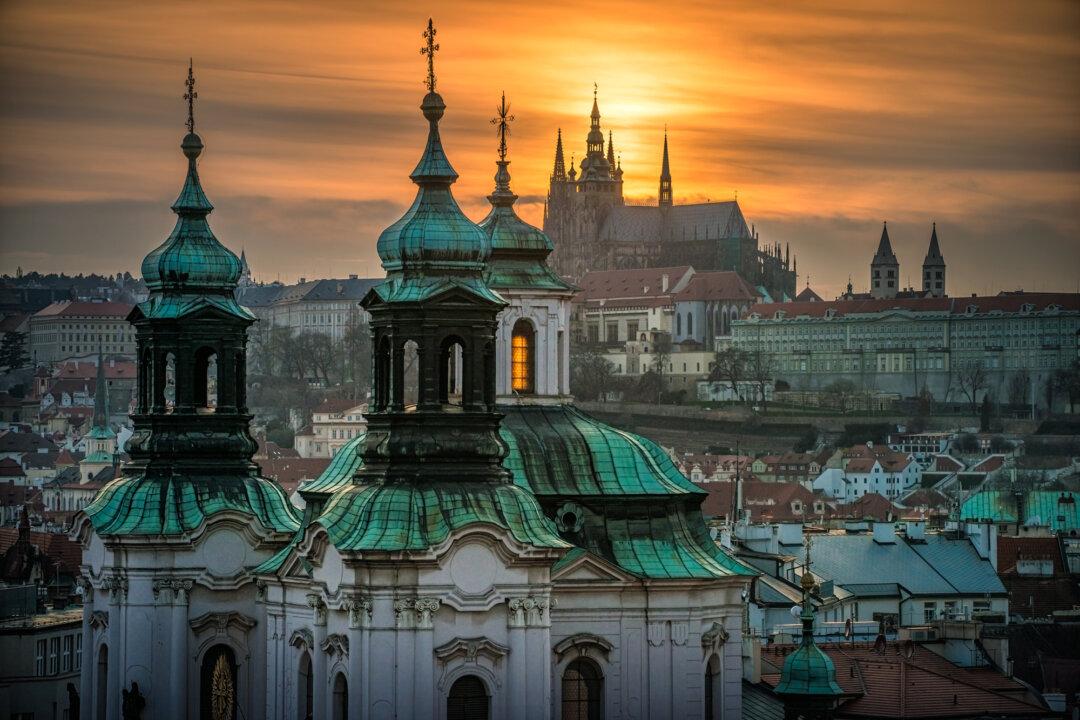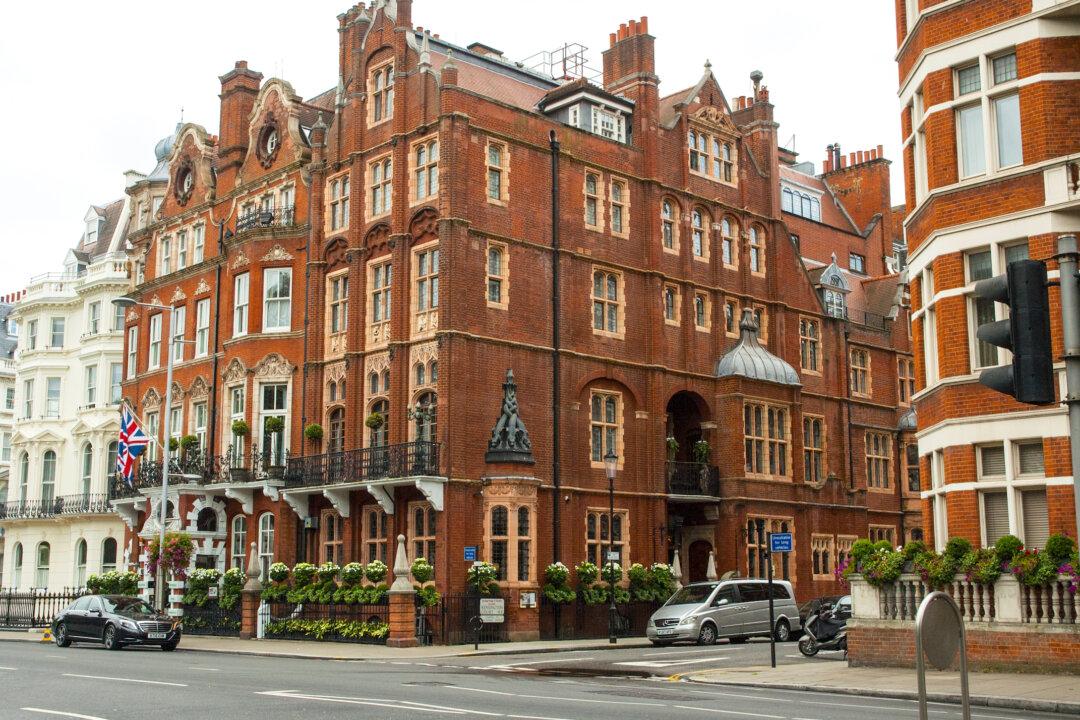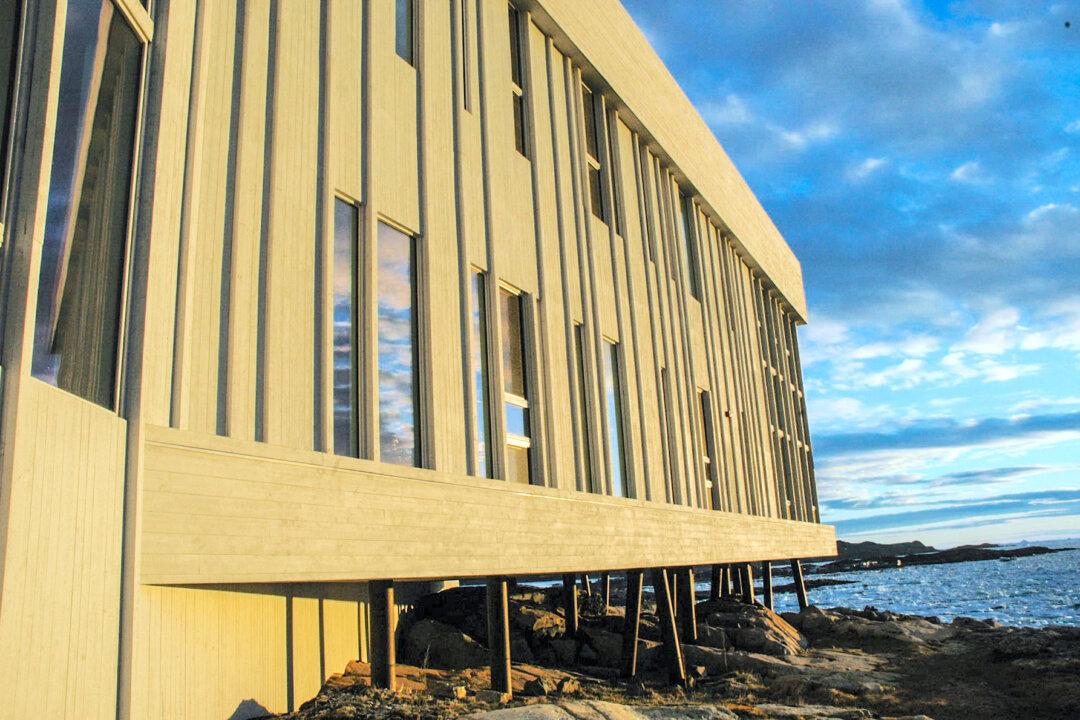Everything appeared as it should as we ate kippers for breakfast in the beautiful dining room at the Ballynahinch Castle Hotel in remote Connemara, County Galway. The Guinness service truck arrived promptly at 9 a.m. while the salmon fly fisherman prepared for a day of Atlantic salmon and sea trout angling.
The night before, as the young barman expertly pulled us pints of Guinness, we admired the mounted 15-pound trout and sampled a combination of scallops, trout, and salmon—all deliciously local.
Festooning the walls are photos of worldwide celebrities who have fished here, including former U.S. President Gerald Ford and the late great Indian cricket player Maharajah Ranjitsinhji, who once owned the castle. We were to later learn that we had had supper in his former billiard room, now the pub.

